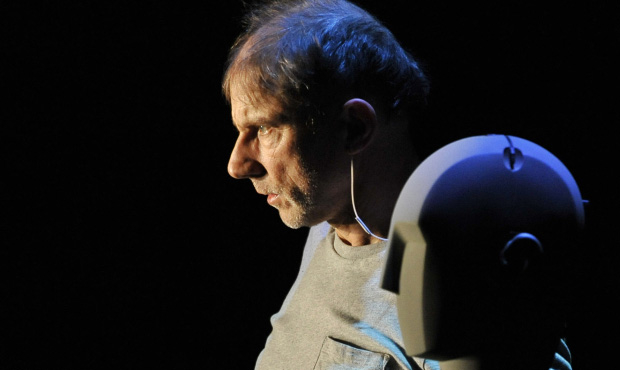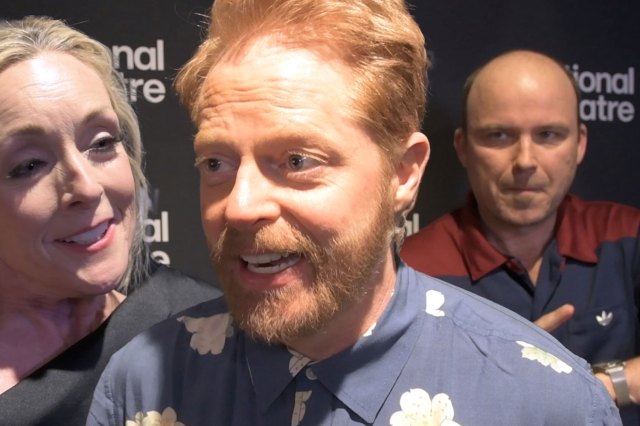Matt Trueman's Edinburgh diary – 'It's been a bit mad for critics'
The newly aligned Fringe and EIF enter their second week

© Robbie Jack
This has been the most frantic Fringe I can remember. There is more work worth seeing – at least, on paper – than I've ever known. I started with a list of 150 shows, knowing I'd never make all of them. Even so, there's a lot of ground to cover.
The Fringe pushed back a week, so despite this being the middle of August, we're only at the start of week two. That means the dates are playing tricks on people, and everyone's a little bit fraught that they've not yet been reviewed this late into the month.
The move brought the Fringe and the International festival back into alignment. That's a good thing for audiences, and a good thing for the EIF, but it's been a bit mad for critics. That early Fringe sprint out of the starting blocks has coincided with the first wave of EIF shows – likely robbing a few Fringe shows of early coverage – and there's always a jolt between the two festivals. Fringe reviews can be turned around quickly. A new Simon McBurney or Robert Lepage demands a bit more consideration.
The biggest disappointment, for me, has been Circus Hub – the Underbelly's new patch on the Meadows for contemporary circus. Don't get me wrong: it's a brilliant incentive, one that should completely open the festival up to world-class circus artists at a time when the form is really flourishing. Audiences seem to be lapping it up and there are some really good shows, of real variety, in the programme.
However, the problem is the venue itself: two big snowball tents that look great from the outside but, on the inside, are big, bland cavities, filled with clunky lighting rigs and stadium seating. It's like watching art in a trade fair and the soullessness completely saps the life out of the work. Circus needs atmosphere if it's to succeed as art and the Hub has none whatsoever. Next year, it needs a rethink.
In the Guardian last week, Lyn Gardner wrote about the shifting geography of the Fringe, and it's true: in ten days, I've not once stepped foot in the New Town. It used to have some essential venues: the original Assembly Rooms and Aurora Nova or Northern Stage at St Stephens. This year, I'm hoping to make L'Institut Francais, and Forest Fringe is way out north, but there's not much else.
It's tempting to say there's a split down the middle. All the well-behaved, softly-softly shows – the Missing Hancocks, Fred MacAulays and Pip Uttons – are over in the New Town, while, with the exception of the Stand comedy club, the real energy, innovation and unpredictability has moved south. I'm know which side I'm sticking to.
Up here, the boundaries between art-forms all but disintegrate. You can be watching a theatre piece that is a sliver away from a gig, physical theatre that slides into dance, a show that could just as easily be stand-up or cabaret. The itch to push the boundaries means that theatremakers borrow from other forms of performance and mesh art-forms together.
As a critic, that gives licence to cross-over completely. I've jumped in and seen shows that are outright not theatre: dance and circus, in particular. I'm planning, this week, on diving into comedy as well. Not only is it a great way of refreshing one's palate – and it is very easy to go cross-eyed seeing this many shows – it's also interesting to compare and contrast.
I'm no dance expert. I can't tell you about the perfection of someone's plié, but I can bring a different perspective to a show: one that hones in on metaphor, perhaps, or drama. Where it gets really interesting, as a viewer, is when you go back to theatre and start watching it in terms of dance, picking up on the simple facts of bodies in space. After all, dance, theatre, circus, cabaret, comedy – it's all just performance.














